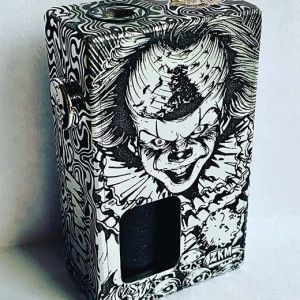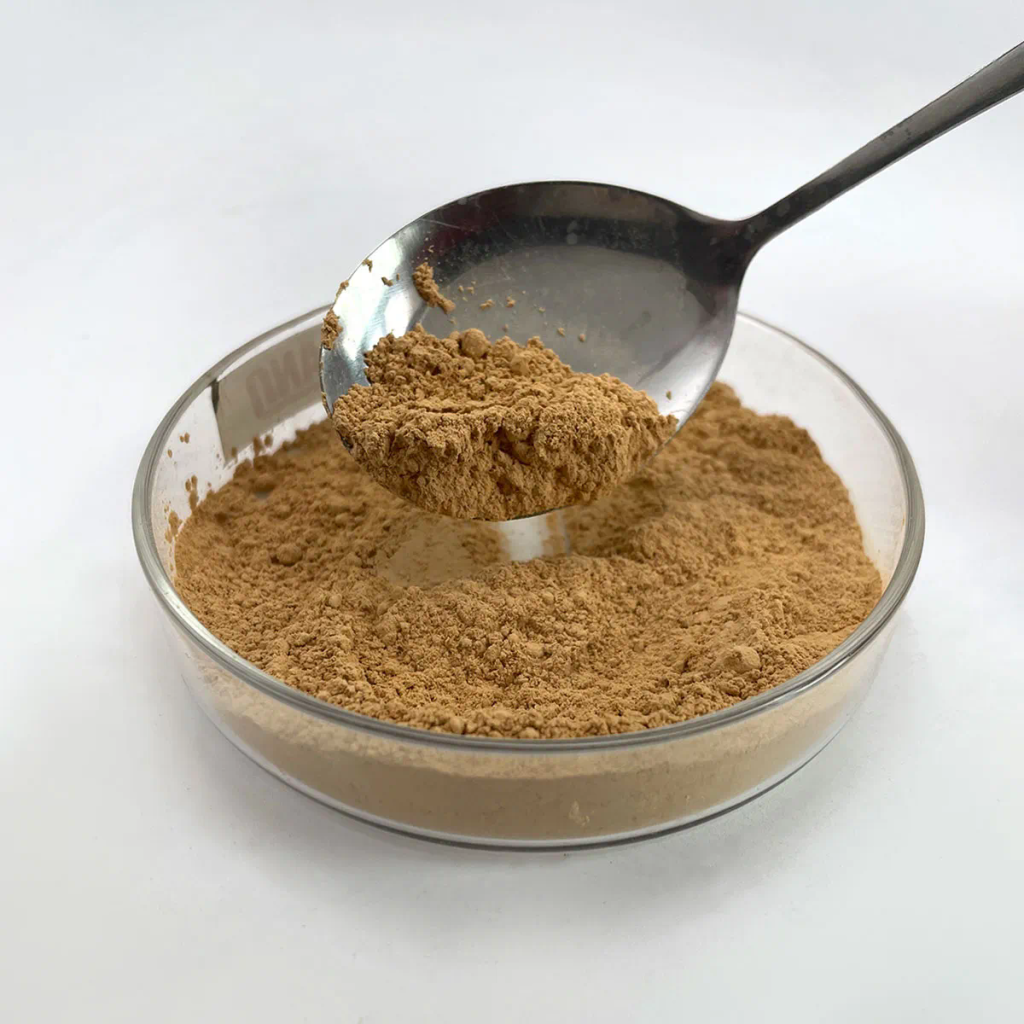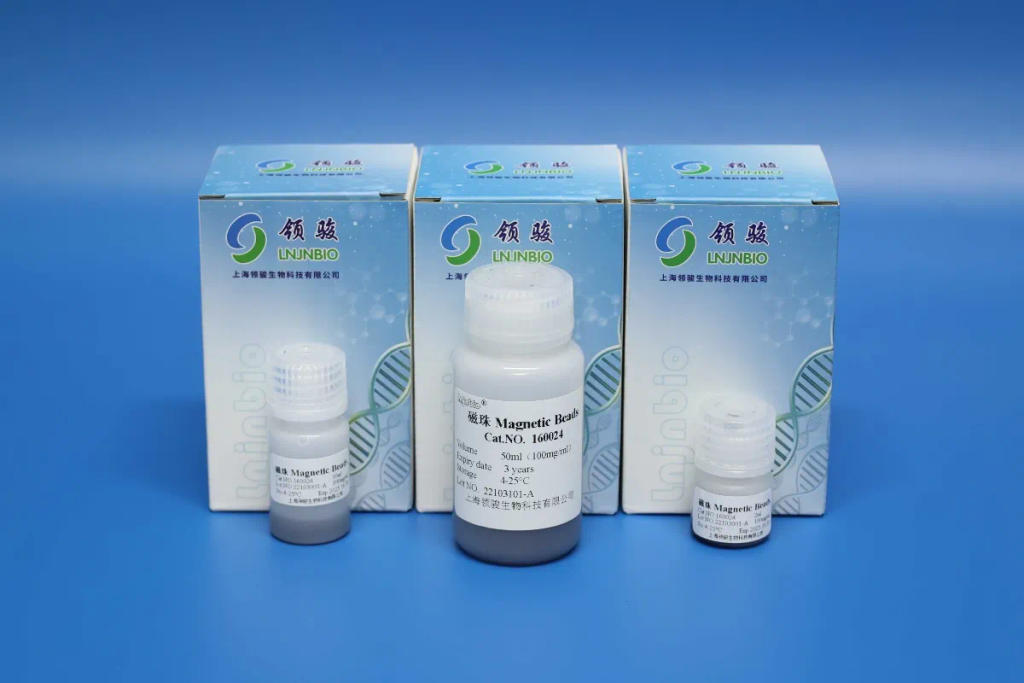Tooth extraction is a common dental procedure that involves the removal of a tooth from its socket in the jawbone. It is often performed due to various reasons such as severe tooth decay, gum disease, overcrowding, or trauma. While the extraction itself is crucial for oral health, it is equally important to focus on post-extraction care to ensure a smooth recovery.
In this blog, we will specifically address the topic of why no dairy after tooth extraction is advisable. While dairy is generally considered a healthy part of a balanced diet, there are certain reasons why it should be temporarily excluded from your post-extraction menu. Understanding these reasons will help you make informed choices and promote optimal healing after a tooth extraction.
Understanding Tooth Extraction
Tooth extraction is a dental procedure in which a tooth is carefully removed from its socket in the jawbone and gum tissue. It may be necessary for several reasons:
Severe Tooth Decay: When a tooth is extensively decayed and cannot be saved through treatments like fillings or root canals, extraction may be the best option to prevent further damage and infection.
Gum Disease: Advanced gum disease, also known as periodontal disease, can lead to tooth loosening and bone loss. In such cases, extraction may be recommended to preserve the overall health of the mouth.
Overcrowding: In orthodontic treatments, tooth extraction might be necessary to create enough space for proper alignment of the remaining teeth.
Trauma or Damage: Accidents or injuries to the teeth can cause significant damage, making extraction the only viable solution.
After a tooth extraction, your body initiates a natural healing process. Here’s a general overview of what you can expect:
Blood Clot Formation: Following the extraction, a blood clot forms in the empty socket. This clot acts as a protective barrier, promoting healing and preventing infection.
Tissue Regeneration: Over time, the extraction site begins to heal, and new gum tissue grows to cover the socket.
Bone Healing: The underlying jawbone starts to regenerate and fill in the gap left by the extracted tooth.
Complete Healing: The complete healing process can take several weeks, during which the gum tissue and bone gradually strengthen and return to normal.
It is crucial to provide proper care during this healing period to minimize complications and ensure a successful recovery. This includes following dietary recommendations, such as avoiding certain foods like dairy, which we will delve into in the upcoming sections. That will cover the answer to your query ‘why no dairy after tooth extraction’?
The Importance of Post-Extraction Care
Proper post-extraction care is crucial for a speedy and successful recovery after a tooth extraction. Following your dentist’s instructions and taking necessary precautions can help minimize complications, reduce discomfort, and promote the healing process. Neglecting post-extraction care may result in prolonged recovery time, increased pain, and potential complications that could require additional dental interventions.
Your diet plays a vital role in the healing process after a tooth extraction. During the initial stages of recovery, when the extraction site is still healing and vulnerable, it is important to choose foods that are easy to chew, soft in texture, and do not pose a risk of causing discomfort or interfering with the healing process. A well-balanced diet consisting of nutrient-rich foods supports your body’s natural healing mechanisms, strengthens your immune system, and aids in tissue regeneration.
Reasons for Avoiding Dairy After Tooth Extraction
A. Discomfort and Sensitivity
During a tooth extraction, the surrounding gum tissue and jawbone may experience trauma. As a result, the extraction site can become sensitive and tender. Any food or beverage that comes into contact with the extraction site, including dairy products, can potentially cause discomfort or pain.
Dairy products such as ice cream, yogurt, or milkshakes are often consumed cold, which can intensify sensitivity in the extraction area. Additionally, some dairy products, particularly those with acidic ingredients or flavors, may irritate the extraction site and cause a stinging or burning sensation, further contributing to discomfort.
B. Risk of Infection
After a tooth extraction, the socket where the tooth was removed becomes an open wound in the mouth. This extraction site is susceptible to bacteria and infections. It is essential to maintain proper oral hygiene and follow your dentist’s guidelines to minimize the risk of infection.
Unpasteurized dairy products or those that contain bacteria can harbor harmful microorganisms that may cause infections. If these bacteria come into contact with the extraction site, it can potentially lead to an infection that may hinder the healing process and result in complications.
C. Disruption of Blood Clot
After a tooth extraction, a blood clot naturally forms in the socket. This blood clot acts as a protective layer, covering the exposed bone and nerve endings. It plays a crucial role in the healing process by facilitating the growth of new tissue and preventing infection.
Dry socket, also known as alveolar osteitis, occurs when the blood clot dislodges or dissolves prematurely, leaving the underlying bone and nerves exposed. This condition can be extremely painful and may delay the healing process. Consuming dairy products, especially those that require forceful suction or excessive chewing, can potentially dislodge the blood clot and increase the risk of developing dry socket.
Alternatives to Dairy After Tooth Extraction
While dairy products are temporarily off the menu after a tooth extraction, there are plenty of alternative food and beverage options that can provide the necessary nutrients for a healthy recovery. Here are some recommendations:
Protein-rich foods: Opt for soft and easy-to-chew protein sources like cooked eggs, tofu, smooth nut butters, pureed beans, or well-cooked fish.
Fruits and vegetables: Choose soft fruits like bananas, applesauce, or mashed berries. For vegetables, try steamed or roasted options such as mashed potatoes, cooked carrots, or pureed soups.
Whole grains: Enjoy softer grains like oatmeal, well-cooked quinoa, or soft rice dishes. Avoid hard, crunchy bread or cereals that may irritate the extraction site.
Healthy fats: Incorporate foods rich in healthy fats, such as avocados, smoothies made with almond milk or coconut milk, or soft hummus made with olive oil.
Beverages: Stay hydrated with water, herbal teas, and diluted fruit juices. Avoid using straws, as the suction can dislodge the blood clot.
Here are some examples of soft, non-dairy foods that are gentle on the extraction site and promote healing:
Smoothies: Blend together soft fruits, leafy greens, and a non-dairy milk alternative like almond milk or coconut milk. You can also add protein powder or nut butter for extra nutrition.
Mashed sweet potatoes: Cook sweet potatoes until soft and mash them for a nutritious and easy-to-eat side dish.
Soft scrambled eggs: Whip up some scrambled eggs until they are soft and fluffy. They provide protein and can be seasoned to taste.
Applesauce: Opt for unsweetened applesauce, which is gentle on the mouth and provides some fiber and nutrients.
Smooth soups: Pureed soups made from vegetables, legumes, or grains are not only comforting but also easy to consume without chewing.
Remember to consult with your dentist or oral surgeon for specific dietary recommendations based on your individual situation and to ensure a smooth recovery.
Tips for a Smooth Recovery
To facilitate a smooth recovery after a tooth extraction, consider the following tips:
Follow post-operative instructions: Carefully adhere to the instructions provided by your dentist or oral surgeon. These may include guidelines on oral hygiene, medication usage, and activity restrictions.
Apply ice packs: For the first 24 hours following the extraction, applying ice packs to the outside of your face in the extraction area can help reduce swelling and alleviate discomfort.
Practice good oral hygiene: Maintain oral hygiene by gently brushing your teeth, avoiding the extraction site, and rinsing your mouth with a warm saltwater solution as advised by your dentist.
Take pain medication as prescribed: If your dentist has recommended pain medication, take it as prescribed to manage any discomfort during the healing process.
Avoid smoking and alcohol: Refrain from smoking or consuming alcoholic beverages, as they can hinder the healing process and increase the risk of complications.
Following your dentist’s instructions and attending scheduled follow-up appointments are essential for a successful recovery. These visits allow your dentist to monitor your progress, assess healing, and address any concerns or complications that may arise. By following their guidance and attending these appointments, you can ensure proper care, optimize healing, and achieve the best possible outcome from your tooth extraction procedure.
Conclusion
In conclusion, it is vital to avoid consuming dairy products after tooth extraction to facilitate a smooth and successful recovery. Dairy can cause discomfort, increase the risk of infection, and potentially disrupt the blood clot that is essential for healing. By choosing non-dairy alternatives and following the recommendations provided by your dentist or oral surgeon, you can support the healing process, minimize complications, and promote optimal oral health.
Remember, every individual’s recovery may vary, so it is essential to consult with your dental professional for personalized advice and guidance throughout your post-extraction journey. By prioritizing proper care, including avoiding dairy, you can help ensure a speedy recovery and restore your oral health to its optimal state.







